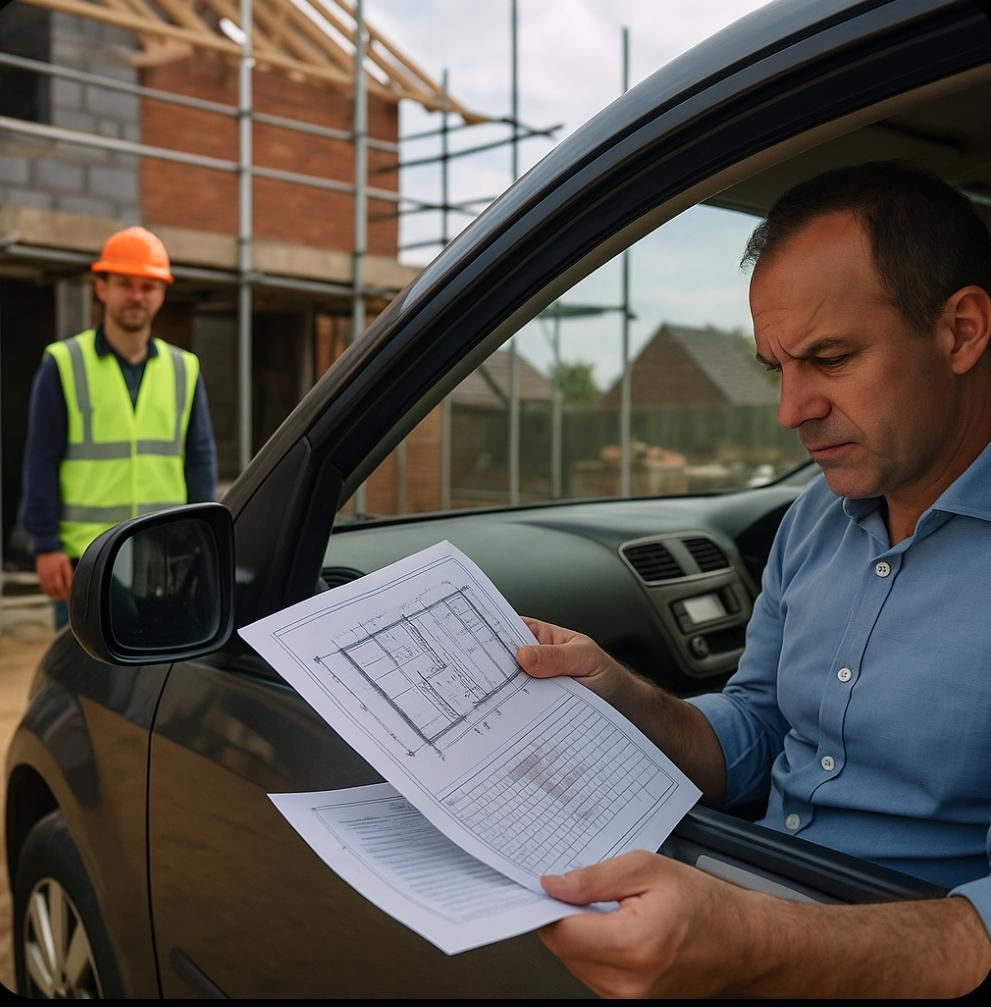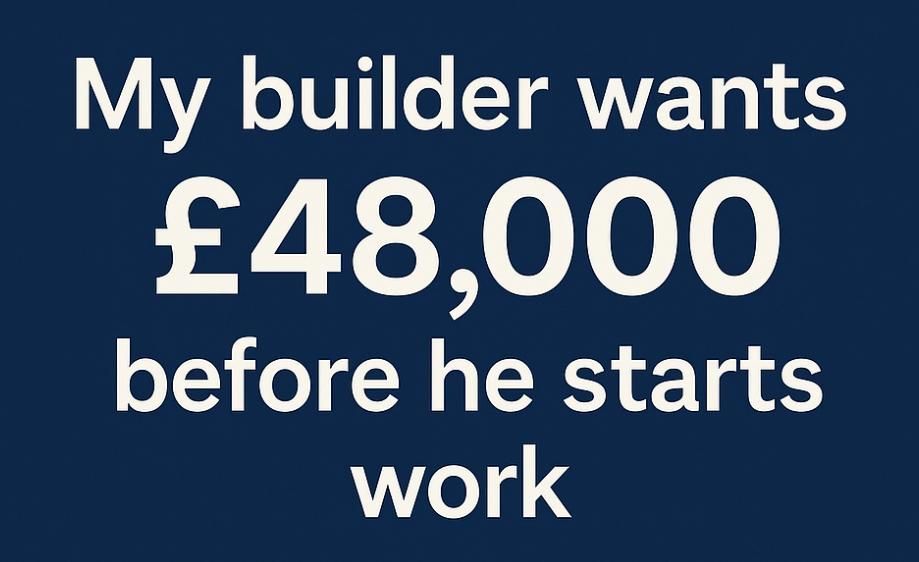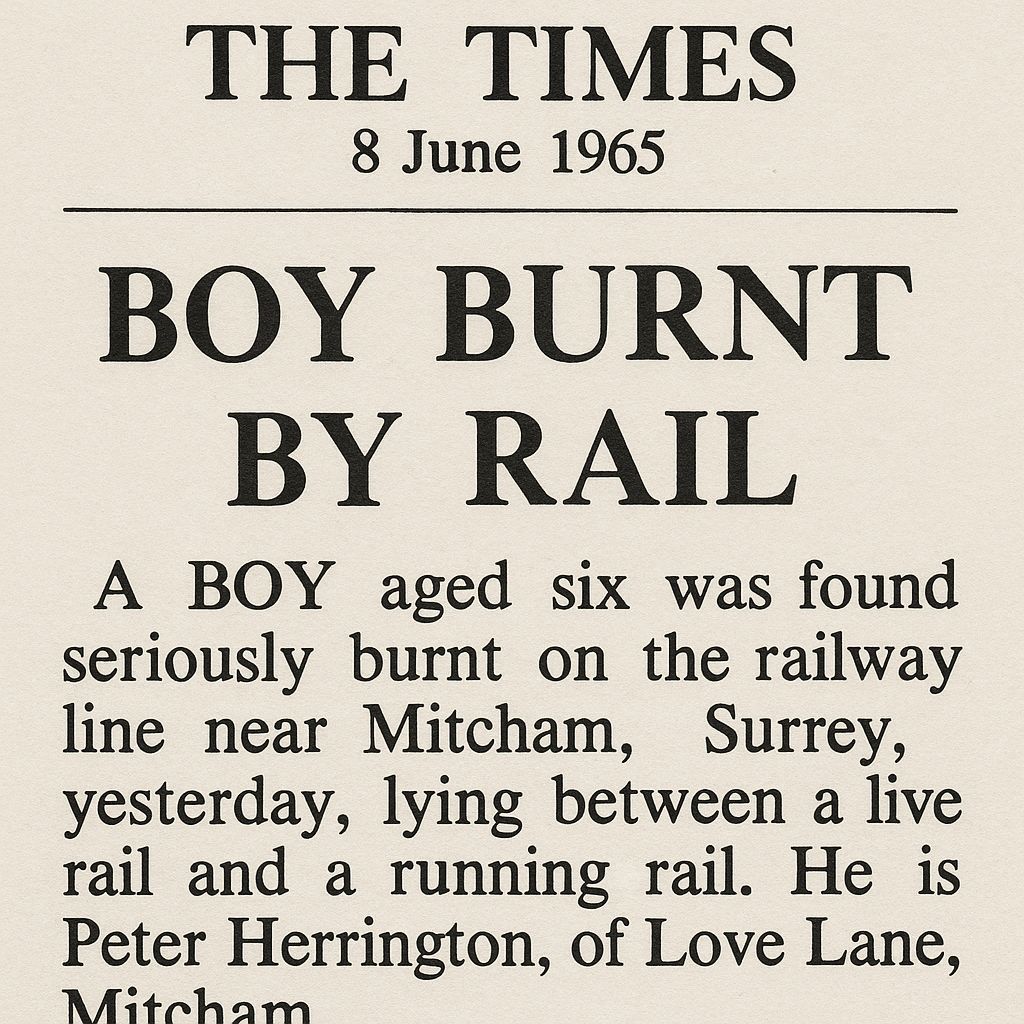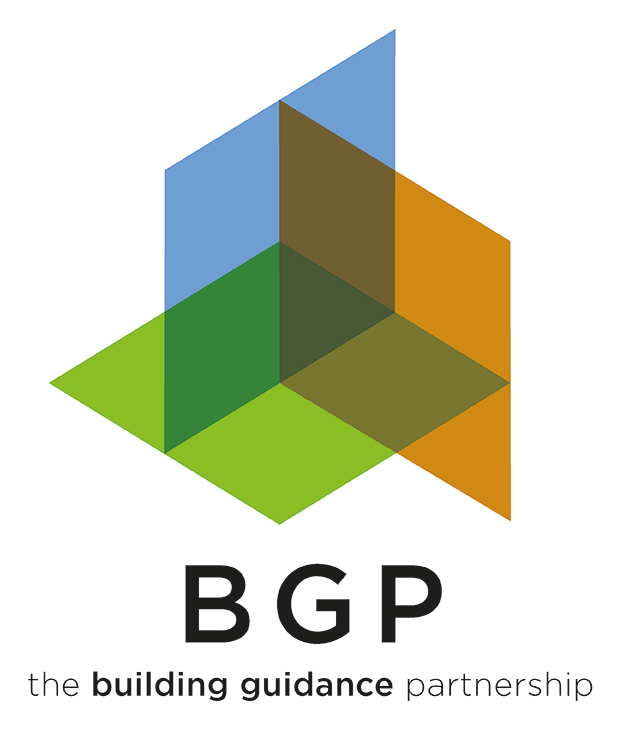Selecting & Vetting Builders - Avoiding Cowboys & Disputes
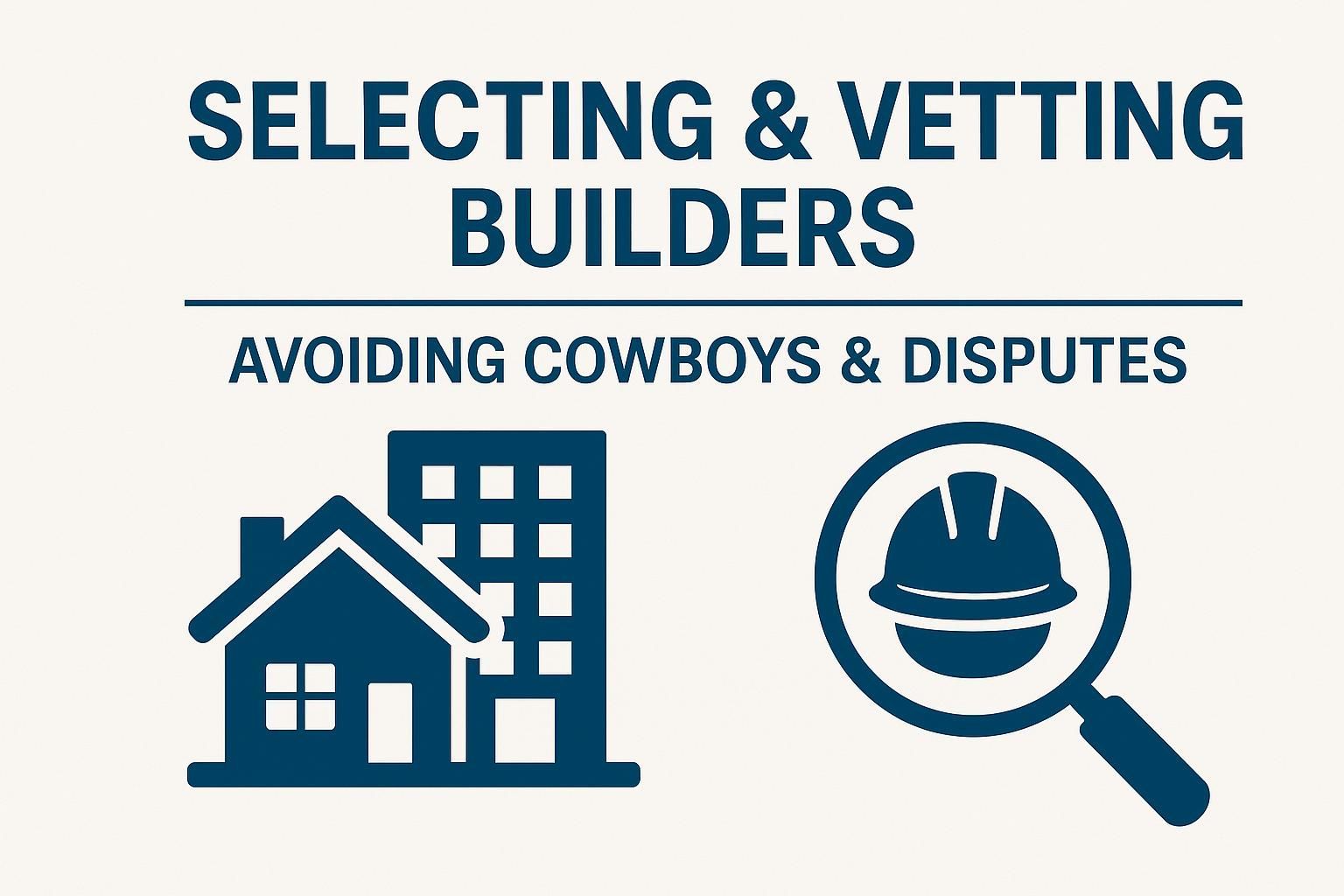
The Assumption
Many homeowners feel confident they already have a “good builder.” Often this is someone recommended by friends, family, or colleagues.
But what worked for someone else’s project may not suit your project. Builder selection is the single most critical step in any renovation or rebuild. Done carefully, it leads to a smooth build. Done poorly, it can cause budget overruns, stress, and disputes.
Why Proper Vetting Matters
Most builders are hardworking professionals, but homeowners often don’t carry out the right checks.
- Some unscrupulous operators may show finished projects or photos that were not their own work.
- Looking only at glossy, finished results is misleading - poor workmanship can be hidden behind plaster or paint.
- Without proper vetting, even well-meaning builders can be mismatched to the size, style, or complexity of your project.
This is why vetting is not about being suspicious - it’s about protecting your investment and ensuring the builder you choose is the right fit.
How to Vet a Builder Properly
- Look backwards: Review a project the builder completed at least five years ago. Speak to those property owners to see how the work has lasted over time.
- Look forwards: Visit a current live site. See how it’s managed day to day, how organised it is, and how safety is handled.
- Speak with current clients: Ask how easy and flexible the builder is to work with. Do they communicate clearly? Are they responsive to changes?
- Check references: Speak directly with at least two or three previous clients - don’t rely only on written testimonials.
- Verify insurances: Public liability, employer’s liability, and contract works cover are essential.
- Verify financial stability: Review the builder’s company structure and trading history. A builder under financial strain poses a risk to your project.
- Review documents: Are quotes and specifications detailed, or are they vague one-liners? Are they willing to work under a proper written contract?
- Confirm who does the work: Will the builder’s own team deliver it, or will it be subcontracted to unknown trades?
Common Red Flags
While most builders are professional, there are signs to be cautious of:
- Requests for a large deposit before work starts.
- Vague or one-page quotes with no detail.
- Reluctance to provide insurance certificates or references.
- “Too good to be true” pricing.
- Unwillingness to agree to a clear written contract.
These are not criticisms of builders as a whole - they are practical safeguards to avoid risks.
Case Study: From Risk to Confidence
A homeowner in North London chose a builder based solely on a personal recommendation. The quote was vague, no insurance documents were requested, and the photos shown turned out not to be from the builder’s own projects.
Within weeks, disputes arose over extras and workmanship.
The BGP stepped in, carried out due diligence, and sourced an alternative builder who was properly insured, experienced, and well-matched to the project.
“The BGP's process gave us clarity and confidence. The new builder was organised, insured, and easy to work with - the project turned around completely.”
Why Professional Guidance Saves More Than It Costs
At The Building Guidance Partnership, we don’t criticise builders - we partner with the right ones.
Our due diligence ensures the builder is properly matched to your project. With this approach, homeowners typically save multiples of our fee through:
- Avoiding inflated extras.
- Preventing costly delays.
- Ensuring lasting build quality.
- Recovering VAT correctly.
- Reducing disputes with clear specifications and contracts.
Take Control of Your Build
Selecting the right builder is the single most important decision you’ll make.
Book a free 20-minute consultation with The Building Guidance Partnership today. We’ll help you carry out due diligence, protect your investment, and ensure your project runs smoothly.
The Building Guidance Partnership
Telephone (020) 8076 3110
WhatsApp +44 7507 705376
